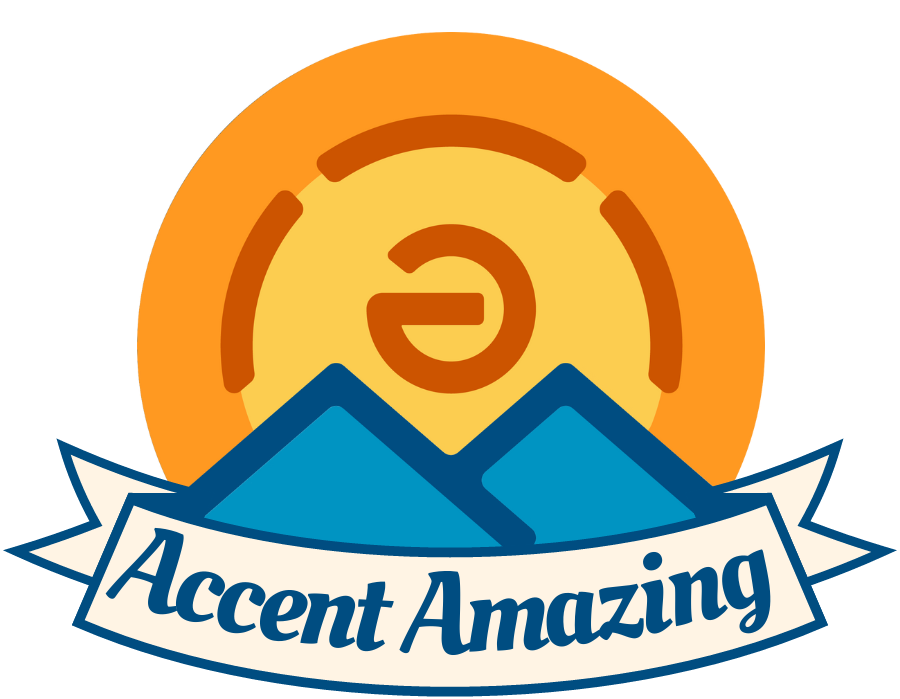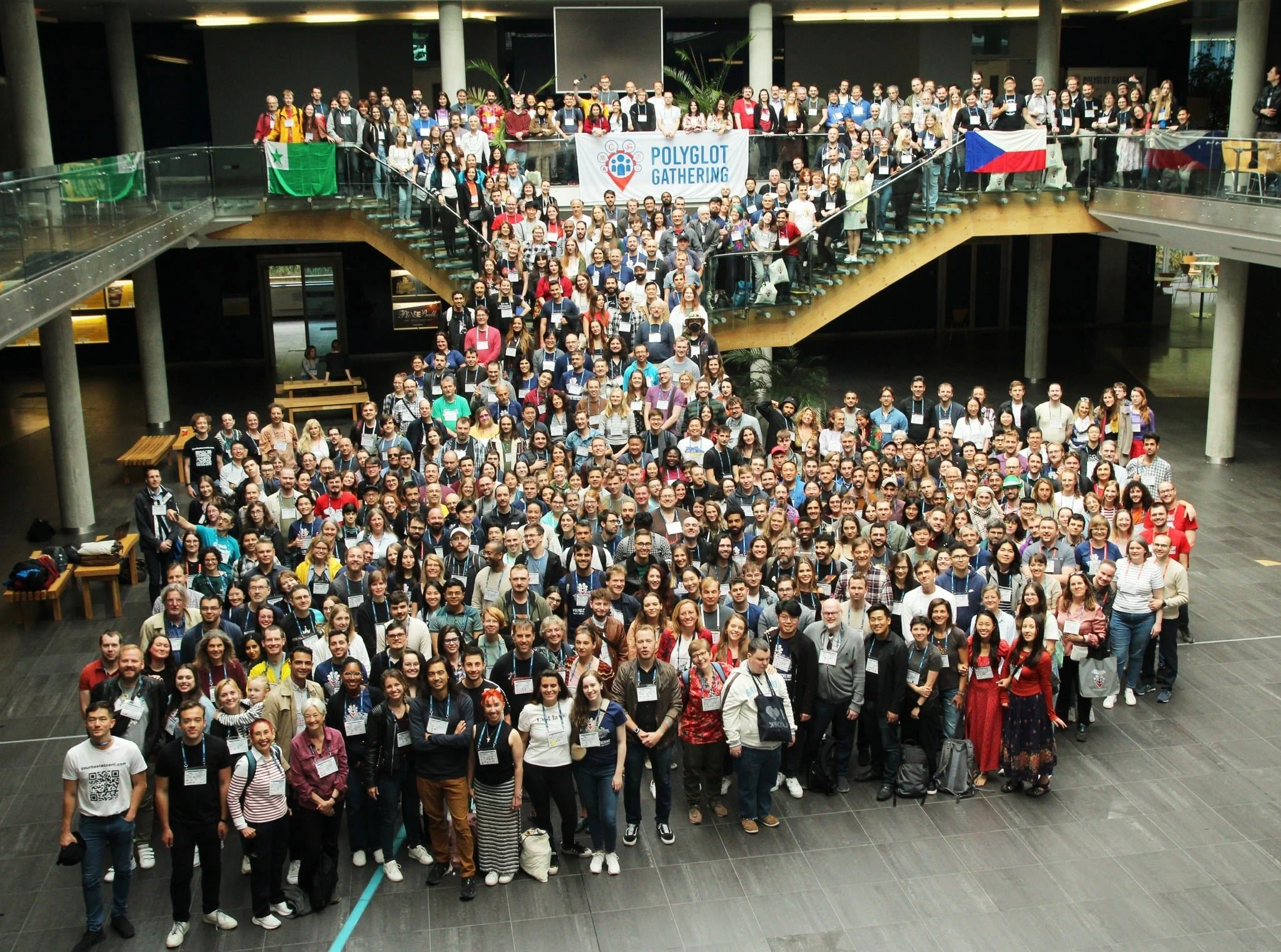Teaching and coaching ideas from the Polyglot Gathering 2024
This year, I had the pleasure of attending the annual Polyglot Gathering for the third time. It was great reconnecting with old friends, and meeting new people and exchanging ideas with fellow language educators, professionals, and entrepreneurs.
Although I didn’t give a presentation or lead a workshop this year as I had in previous years, I was able to attend various interesting talks that helped me think of ideas of how to improve my teaching to help people sound more native in English, including the talks on:
Learning Pronunciation via Singing
The Language of Social Media
Uno, dos, todays: Espanglés as a method for teaching pronunciation
The Teacher’s Lounge: a workshop for language teachers
Some main things I identified from the talks and workshops that I might want to incorporate into my teaching include:
Accents are my aesthetics!
When I saw iTalki representatives handing this shirt out to attendees I had to get one too! Accents are totally my aesthetics!
1. More Interactive Projects
Interactive projects can make learning more engaging and effective. It keeps things fresh and helps students engage more and also retain more things in their long-term memory
Songs: Utilizing music in language lessons can be incredibly effective. Singing helps students internalize the rhythm and intonation of the language. This is especially helpful for speakers of syllable-timed or mora-timed languages like Chinese, Japanese, or Romance languages. Rap or spoken word poetry can be especially helpful to convey sentence stress and intonation.
Acting scripts: Using scripts from plays or movies allows students to practice real-life dialogue in a fun and engaging way. This method helps improve fluency and expression, as students can practice intonation, emotion, and natural speech patterns.
Shadowing: This technique involves listening to native speakers and mimicking their speech in real-time. Shadowing helps students improve their pronunciation and rhythm by closely following the nuances of a native speaker’s voice. We can use recordings of conversations, speeches, or even TV shows for this practice. And students can even do this while on the move, listening to English language podcasts.
2. More specific & structured practice materials
Tailoring lessons to address specific linguistic challenges can significantly benefit students. Here are some ways to customize lessons:
Highlighting shared sounds: We’ll focus on identifying and practicing sounds that exist in the student’s native language but are pronounced differently in English. This helps students bootstrap from their existing knowledge and jumpstart their improvement. I already do this, but I want to make more of this type of practice
Tailored programs: I want to create a more clearly-structured program specific to speakers of various languages, such as for speakers of Russian, Polish, Mandarin, or Spanish. This intensive program might be more appealing to certain students who need more guidance or structure.
Work-Specific Scenarios: Practice materials themed around workplace situations can help students navigate professional environments where accents might cause confusion. Real-life and relevant examples may be more appealing and immediately helpful
Pronunciation drills: To help students master challenging sounds, I might develop exercises that drill these sounds into muscle memory or even warmups. Repetition and focused practice on these sounds will help students produce them more accurately and naturally over time. While it may be repetitive, like in working out or learning to dance, you gotta put in the reps to get that muscle memory.
My multilingual & international background
The more languages I learn, the more I know how to teach students of those linguistic backgrounds.
3. Teaching-Focused vs. Learner-Focused Material
One big thing that the Teacher’s workshop made me think about was the idea of teaching- vs learner- focused materials. Learner-focused materials tend to give more power and responsibility to the student which seem to help the learning process.
Student Accountability: Encouraging students to take charge of their learning and practice regularly is particularly helpful in instilling a sense of power but also responsibility in working toward their language goals.
Practice Schedules: I have heretofore found it difficult to get students to practice consistently. In the future I hope that working with students to create realistic practice schedules can help them integrate language learning into their daily routines. We’ll work with them to develop personalized schedules that fit their lifestyles and ensure consistent practice.
Guidelines for Proactive Practice: Providing clear guidelines can help students be more proactive in their practice. By creating a more guided, perhaps even step-by-step instructions, I can remove the friction for students to practice and improve. By making it easier for students to practice regularly, we’ll help them build good habits and make steady progress.
Final Thoughts
The Polyglot Gathering 2024 was a treasure trove of insights and inspiration. It reinforced the importance of staying innovative and adaptive in our teaching methods. By incorporating these new ideas, I hope to make language learning more engaging and effective for my students. Thank you for joining me on this recap, and I look forward to sharing more exciting updates in the future!
Happy learning!





